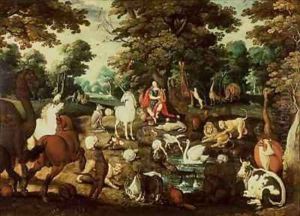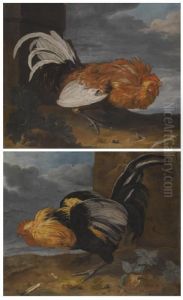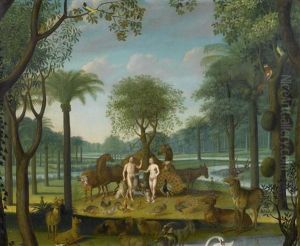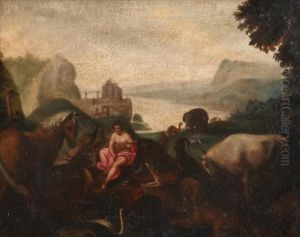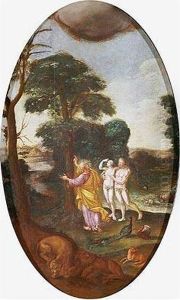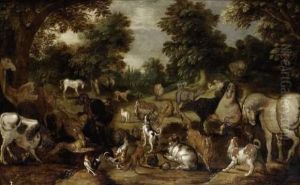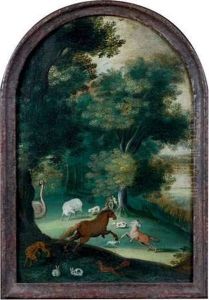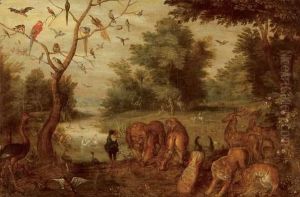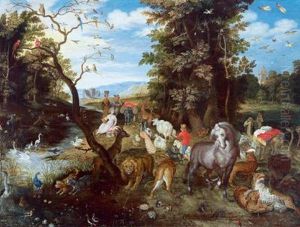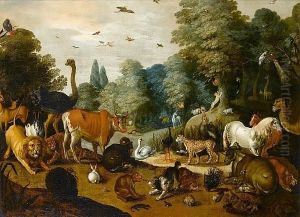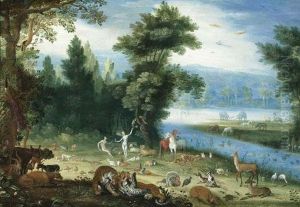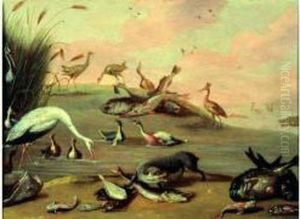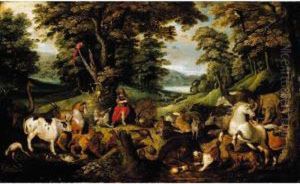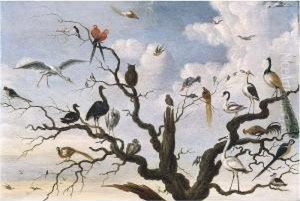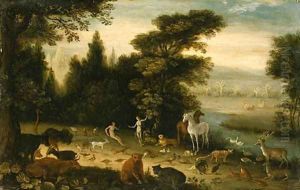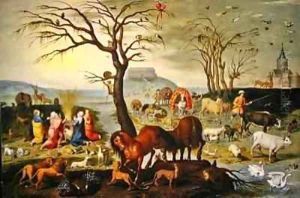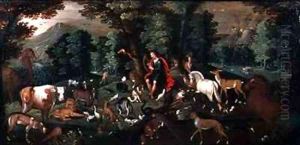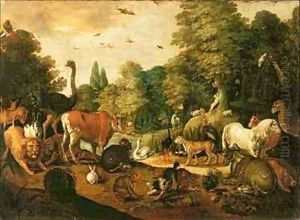Jacob Bouttats Paintings
Jacob Bouttats was a Flemish engraver and printmaker active in the late 17th century. While his exact birth date is not documented, he is known to have been active in his profession from around the second half of the 17th century until his death around 1700. Jacob Bouttats was part of the Bouttats family, a dynasty of engravers and artists who were prominent in Antwerp during that time.
Jacob is often associated with his works that include topographical views, portraits, and genre scenes. He worked extensively on illustrating books and producing individual prints. His style was typical of the Baroque period, with a strong emphasis on detail and dramatic effects.
Despite the scarcity of personal information about Jacob Bouttats, his contributions to the world of engraving are recognized through the works he left behind. His engravings are characterized by their fine lines and intricate details, which captured the essence of the subjects he portrayed, whether they were scenes from everyday life, landscapes, or depictions of historical events.
The Bouttats family, in general, were influential in propagating the Baroque style in Northern Europe through their engravings, which were widely circulated. Although individual members of the family, including Jacob, may not have achieved the same level of fame as some of their contemporaries, their work played a significant role in the visual culture of their time.
Today, Jacob Bouttats’ engravings are valuable to art historians and collectors alike, offering insight into the artistic trends and societal interests of the Baroque era in the Flemish region. His prints continue to be studied for their technique and historical value, and they can be found in various art museums and private collections around the world.
